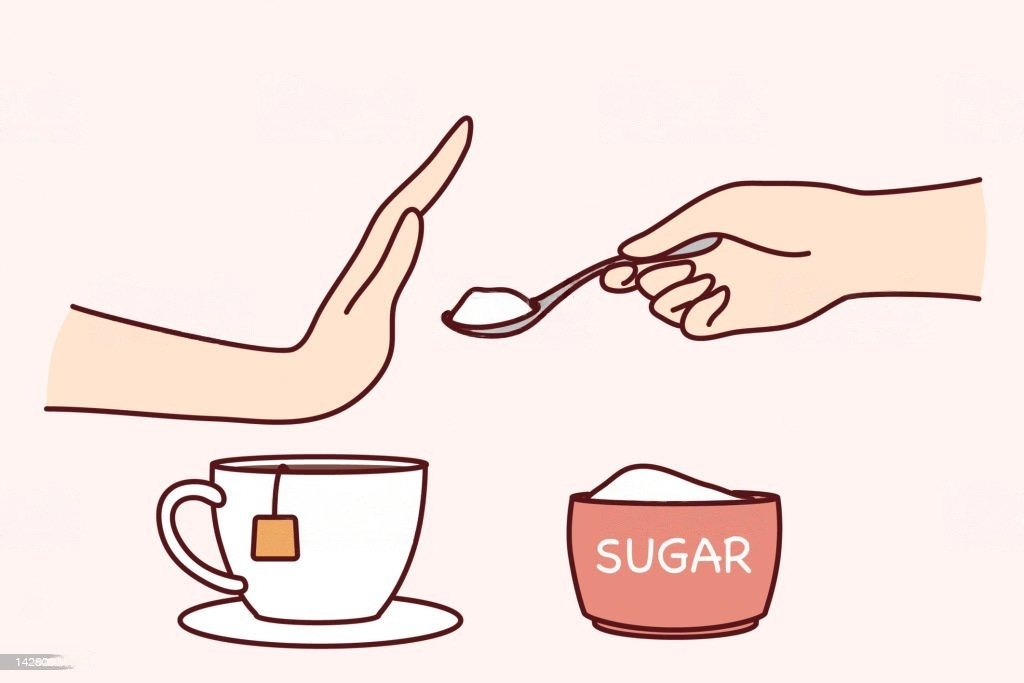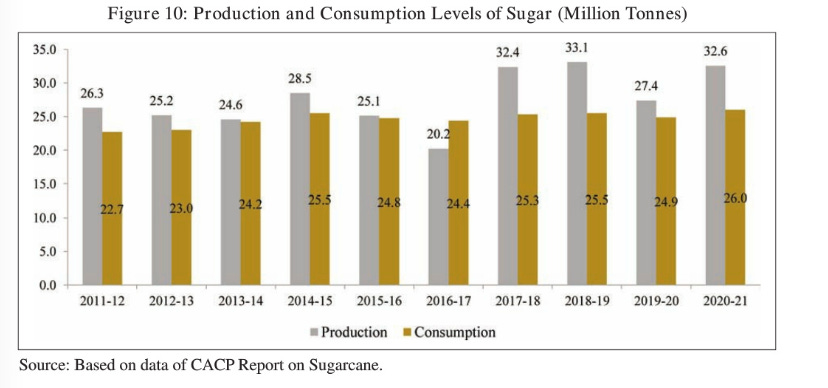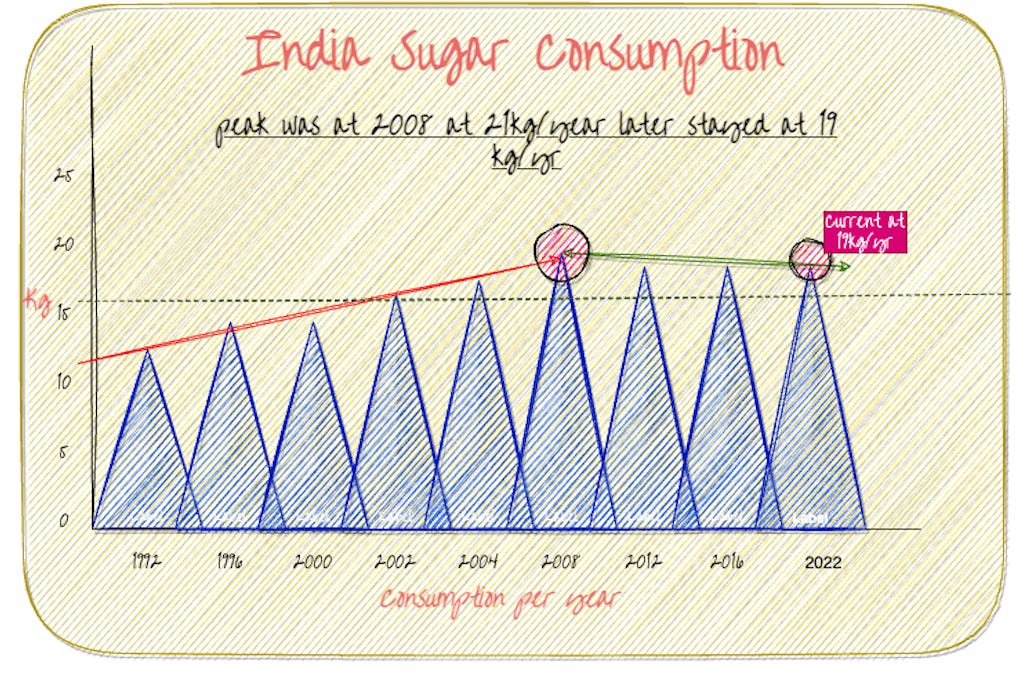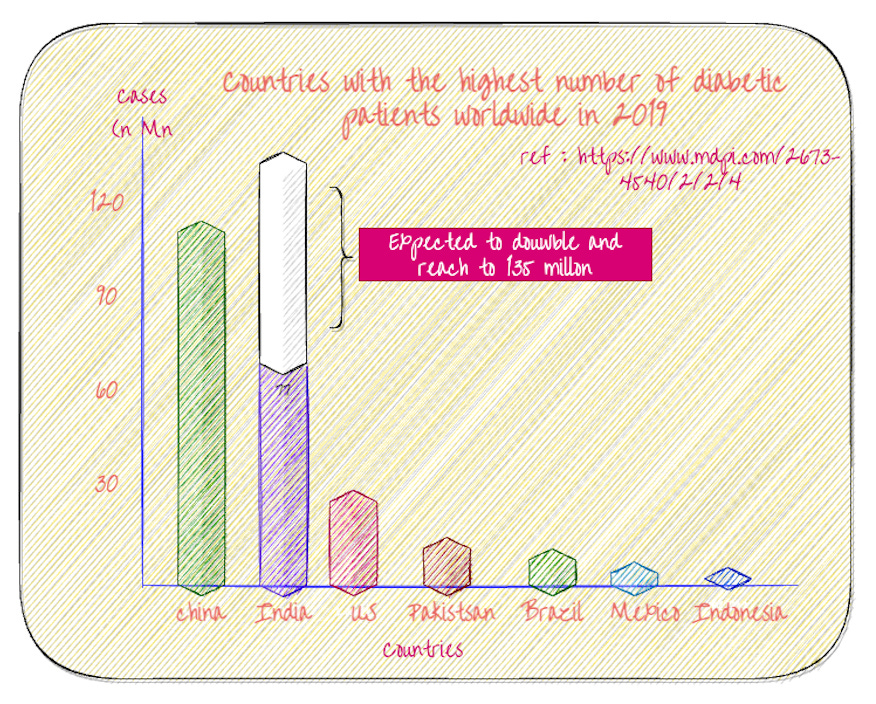India's Sweet Poison
How the Sugar Mafia is Contributing to the Rise of Non-Communicable Diseases
India's sweet tooth has long been celebrated, from the delicate rasgullas of Kolkata to the decadent gulab jamuns of Delhi. But lurking behind the sugary facade lies a darker truth: India's sweet addiction is becoming a sweet poison. As the country grapples with skyrocketing rates of diabetes, obesity, and other diet-related diseases, many are questioning whether the beloved desserts of India are worth the cost to public health.
In today’s issue, we delve into the complex and controversial topic of India's Sweet Poison.
India has been experiencing a rapid rise in non-communicable diseases, with obesity and diabetes at epidemic levels. While there are many factors that contribute to this trend, the sugar industry has been identified as a major contributor to the problem. The sugar industry in India is controlled by a few large corporations, commonly referred to as the "sugar mafia," and they have been accused of using their political power to prevent the implementation of policies aimed at reducing sugar consumption and promoting healthy eating habits.
Before we understand the sugar consumption in India, We will understand the background history about it.
The History of Sugar.
Sugar has been a part of Indian cuisine for thousands of years. The earliest evidence of sugar production in India dates back to ancient times, around 350 BC, when the Indian subcontinent was ruled by the Magadha dynasty. At that time, sugarcane was grown in the eastern part of India and the juice was extracted by chewing the cane or crushing it with a stone.
The process of refining sugar from sugarcane juice was developed in India during the Gupta dynasty in the 5th century AD. This method involved boiling sugarcane juice until it thickened and then letting it crystallize, resulting in a product known as khanda.
Khanda was widely used in Indian cooking and was also traded with other countries.
During the medieval period, India became a major center for the production and trade of sugar. Sugarcane plantations were established across the Indian subcontinent, and sugar was produced in large quantities.
The trade in sugar also led to the development of a network of merchants and traders, known as the "sugar route," which extended from India to the Middle East, Europe, and Asia.
The Portuguese introduced modern sugar production techniques to India in the 16th century when they established colonies in the country. The British also played a significant role in the development of the sugar industry in India during the 18th and 19th centuries. They introduced new varieties of sugarcane and modern production techniques, which resulted in increased yields and improved quality.
Today, India is the world's largest producer of sugarcane and the second-largest producer of sugar after Brazil.
Sugar Consumption in India
The per capita consumption of sugar in India has increased dramatically over the past few decades. According to a study published in the Indian Journal of Endocrinology and Metabolism, the per capita consumption of sugar in India has increased from 5.2 kg in 1961 to 20.2 kg in 2011. This increase in sugar consumption has been linked to the rise in non-communicable diseases such as obesity, diabetes, and cardiovascular diseases.
A recent survey was jointly conducted in the same regard by the Indian Council of Medical Research (ICMR) and National Institute of Nutrition (NIN), sponsored by the International Life Sciences Institute - India (ILSI-India).
The survey revealed that women's intake of added sugar may actually be more than that of men's.
According to the survey, women take around 20.2 grams of added sugar in a day while men's intake of added sugar is 18.7 grams per day.
The Sugar Mafia
The sugar mafia refers to the few large corporations that control the sugar industry in India.
These corporations have a significant influence on government policies and regulations related to sugar consumption and production. The sugar mafia has been accused of using their political power to prevent the implementation of policies aimed at reducing sugar consumption and promoting healthy eating habits.
One of the ways the sugar industry influences government policies is through lobbying.
A study published in the International Journal of Health Services found that the sugar industry in India spends large amounts of money on lobbying efforts aimed at influencing government policies related to sugar consumption.
The study found that the sugar industry spent over Rs 8.5 billion on lobbying efforts between 1997 and 2012.
The sugar mafia also controls the prices of sugar in the market. According to a report by the Competition Commission of India, the sugar industry in India is characterized by high concentration and cartelization. This has led to higher prices for sugar, which in turn has led to increased consumption of cheaper, unhealthy alternatives such as high fructose corn syrup.
Impact on Public Health
The impact of the sugar mafia on public health in India is staggering. According to a study published in the Lancet, India has the second highest number of diabetes cases in the world, with over 77 million people affected. The same study also found that diabetes was responsible for 1.2 million deaths in India in 2017.
463 million people have diabetes in the world and 88 million people in the Southeast Asia region. Of this 88 million people, 77 million belong to India.
“[Sugar-sweetened beverage] sales in India have increased by 13% per year since 1998, exceeding 11 liters per capital per year,” said the report.
The authors also found that children, aged 9-18 years in four cities of India, were consuming approximately 1.8 cans of cola per week — an amount that could result in nearly 1.3 kg of weight gain per child per year.
The rise in non-communicable diseases in India is not just limited to diabetes. According to a study published in the Indian Journal of Endocrinology and Metabolism, the prevalence of obesity in India has tripled over the past two decades. Obesity is a major risk factor for cardiovascular diseases, which are responsible for a significant proportion of deaths in India.
Diabetes prevalence refers to the percentage of people ages 20-79 who have type 1 or type 2 diabetes. It is calculated by adjusting to a standard population age-structure.
The percentage of people suffering from Diabetes on Souther India seems to be more than on the northern part of India.
Role of Government
The government has a crucial role to play in addressing the impact of the sugar mafia on public health in India. Policies aimed at reducing sugar consumption and promoting healthy eating habits are needed to address the rise in non-communicable diseases. However, the sugar mafia has been accused of using their political power to prevent the implementation of such policies.
The government should consider implementing policies such as taxing sugar-sweetened beverages and food products that are high in sugar, reducing subsidies for sugar production, and promoting the consumption of healthy foods.
Additionally, public awareness campaigns can help educate the public about the health risks associated with excessive sugar consumption.
NHIM Recommendations:
1. Free sugars should be less than 10% of total calories/day, which includes all added sugars and sugars present in honey, syrups, and fruit juices.2. Alternatives to sweetened beverages can be water, skimmed buttermilk, tender coconut water, and low fat milk.
3. Indian sweets, puddings, ice creams, sweetened biscuits, cakes, pastries, and baked goods are high in added sugars and should be restricted.
4. Encourage reading of food labels to determine sugar content. Some of the names in the ingredients list for the presence of added sugars include brown sugar, corn syrup, dextrose, honey, malt syrup, sugar, molasses, and sucrose.
It is essential that the government takes action to address the impact of the sugar mafia on public health in India. The rising prevalence of non-communicable diseases is a significant public health concern, and the sugar industry's influence on government policies and regulations exacerbates the problem. By implementing policies aimed at reducing sugar consumption and promoting healthy eating habits, the government can improve public health outcomes and reduce the burden of non-communicable diseases in India.
It is also crucial for consumers to take responsibility for their own health and make informed decisions about their diet. While the sugar industry may have a significant influence on the availability and pricing of certain food products, consumers can still choose to consume healthy foods and limit their intake of sugar.
Furthermore, it is essential for the sugar industry to take responsibility for their role in contributing to the rise in non-communicable diseases and work towards promoting healthier eating habits. This can include reducing the sugar content in their products, promoting the consumption of healthier alternatives, and investing in public health campaigns aimed at educating consumers about the risks of excessive sugar consumption.
In conclusion, the sugar mafia in India has been accused of using their political power to prevent the implementation of policies aimed at reducing sugar consumption and promoting healthy eating habits. This has led to a significant rise in non-communicable diseases such as obesity, diabetes, and cardiovascular diseases. To address this problem, the government needs to implement policies aimed at reducing sugar consumption and promoting healthy eating habits, while consumers and the sugar industry also need to take responsibility for their role in promoting healthier lifestyles. Only then can India tackle the growing epidemic of non-communicable diseases and improve public health outcomes.








